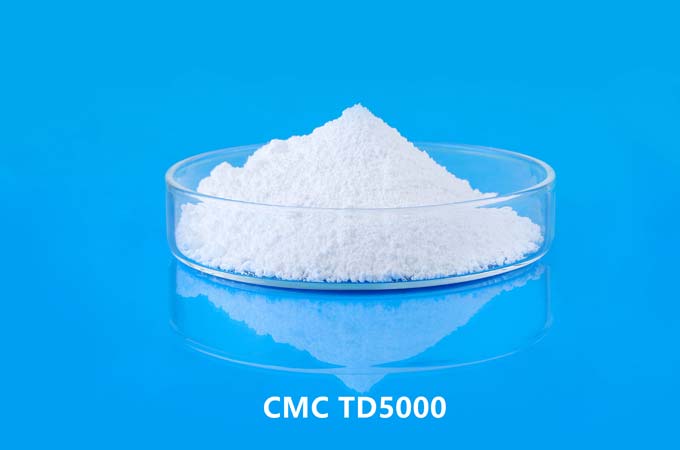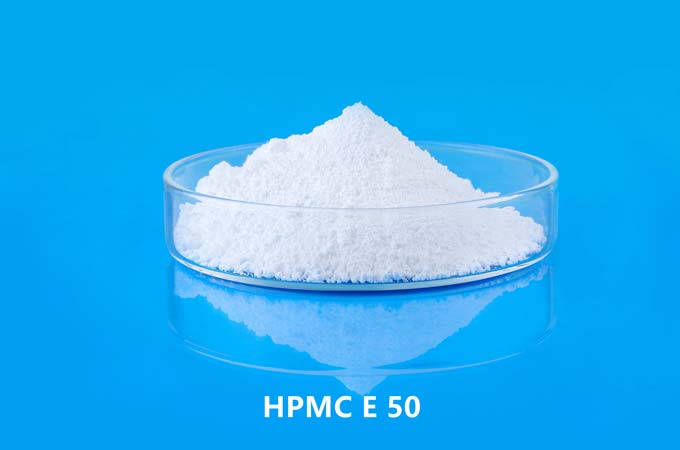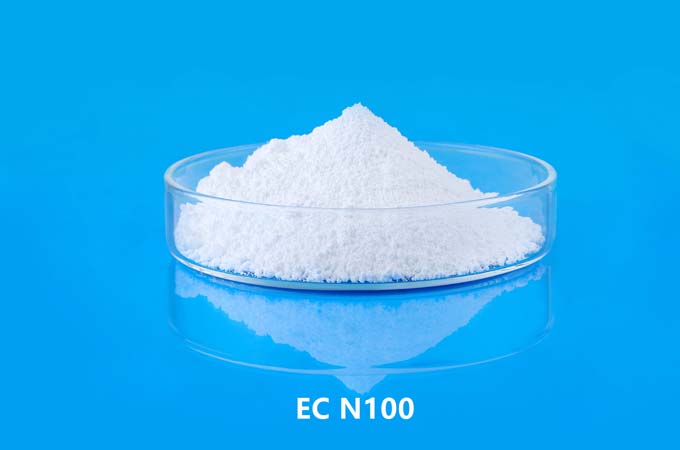Hydroxypropyl methylcellulose (HPMC) is a versatile compound that finds applications across various industries due to its unique properties.
1. Construction Industry:
a. Cementitious Applications:
HPMC is widely used in the construction industry as a water-retaining agent, thickener, and binder in cementitious materials such as mortars, plasters, and tile adhesives. Its ability to control the consistency and workability of cement-based products makes it indispensable in construction applications. HPMC also enhances the adhesion properties of mortars and plasters, improving their bond strength to substrates.
b. Self-Leveling Compounds:
Self-leveling compounds are used to create smooth, flat surfaces on floors. HPMC is added to these compounds to improve flow properties, prevent segregation of ingredients, and enhance the final surface finish. Its water retention capability ensures proper hydration of cement particles, leading to uniform drying and reduced shrinkage.
c. Exterior Insulation and Finish Systems (EIFS):
EIFS are exterior wall cladding systems used for insulation and decorative purposes. HPMC is incorporated into EIFS formulations to modify the rheological properties of coatings, ensuring easy application and uniform coverage. It also contributes to the durability and weather resistance of EIFS coatings.
2. Pharmaceutical Industry:
a. Controlled Release Formulations:
In pharmaceutical formulations, HPMC serves as a key excipient in controlled-release dosage forms such as tablets and capsules. By controlling the release rate of active pharmaceutical ingredients (APIs), HPMC helps in achieving desired drug delivery profiles, including sustained, delayed, or extended release.
b. Oral Liquids and Suspensions:
HPMC, like HPMC K15M, is used as a suspending agent and viscosity modifier in oral liquid formulations, including syrups and suspensions. It imparts stability to these formulations, preventing sedimentation or aggregation of particles over time. HPMC also enhances the palatability and mouthfeel of oral liquids.
c. Ophthalmic Formulations:
In ophthalmic formulations such as eye drops and ointments, HPMC acts as a lubricant and viscosity-enhancing agent. It improves the retention time of formulations on the ocular surface, ensuring prolonged contact with the eye for effective drug absorption.
3. Food Industry:
a. Food Thickening and Stabilization:
HPMC is utilized as a food additive in various processed foods to thicken, stabilize, and improve texture. It is commonly found in dairy products, sauces, dressings, and bakery items. HPMC helps in preventing phase separation, syneresis, and crystallization in food formulations, thereby enhancing their shelf life and sensory attributes.
b. Gluten-Free Baking:
In gluten-free baking, HPMC serves as a substitute for gluten, providing structure and elasticity to doughs and batters. It improves the volume, texture, and crumb structure of gluten-free baked goods, making them more palatable and appealing to consumers with gluten intolerance or celiac disease.
c. Low-Fat and Reduced-Calorie Products:
HPMC is used in low-fat and reduced-calorie food products as a fat replacer and texture modifier. By mimicking the mouthfeel and creaminess of fats, HPMC allows manufacturers to reduce the fat content of foods without compromising their sensory characteristics.
4. Cosmetic Industry:
a. Personal Care Products:
In the cosmetic industry, HPMC is employed in various personal care products such as creams, lotions, gels, and shampoos. It functions as a thickener, emulsifier, and film-forming agent, imparting desirable viscosity, stability, and texture to formulations. HPMC also enhances the moisturizing and conditioning properties of cosmetic products, leaving the skin and hair feeling smooth and hydrated.
b. Topical Drug Delivery Systems:
HPMC is incorporated into topical drug delivery systems such as gels, creams, and ointments to modulate their rheological properties and enhance drug permeation through the skin. It forms a protective film over the skin surface, facilitating the controlled release and absorption of active ingredients.
5. Other Industrial Applications:
a. Adhesives and Sealants:
HPMC is utilized in adhesives and sealants formulations to improve their adhesion, cohesion, and workability. It serves as a thickening agent, binder, and rheology modifier, ensuring proper wetting and spreading of adhesive/sealant films on substrates.
b. Textile Printing:
In textile printing, HPMC-based pastes are used as thickeners and viscosity modifiers for screen printing and rotary printing applications. These pastes help in achieving sharp and precise prints on fabric surfaces by controlling ink flow and preventing bleeding.
c. Ceramic Processing:
In the ceramic industry, construction HPMC is added to ceramic slurries and glazes to improve their rheological properties and facilitate shaping, casting, and glazing processes. It enhances the stability and homogeneity of ceramic formulations, resulting in uniformity of color, texture, and finish in fired products.
hydroxypropyl methylcellulose (HPMC) is a versatile compound with widespread industrial applications, spanning construction, pharmaceuticals, food, cosmetics, and other sectors. Its unique properties as a thickener, binder, stabilizer, and rheology modifier make it indispensable in various manufacturing processes, contributing to the quality, performance, and functionality of end products across diverse industries.
 English
English 日本語
日本語 français
français Deutsch
Deutsch Español
Español italiano
italiano русский
русский português
português العربية
العربية Türkçe
Türkçe Nederland
Nederland



